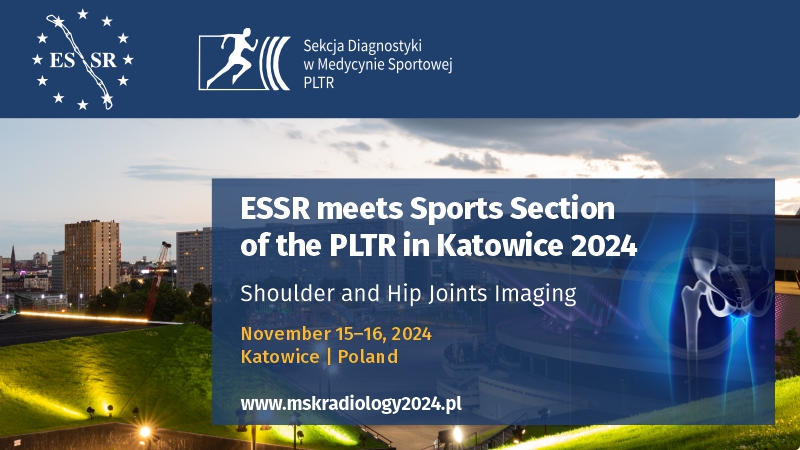Evaluation of the snowing-like ultrasonographic features of intraosseous jaw pathologies
Ibrahim Sevki Bayrakdar1, Ahmet Berhan Yılmaz2, Fatma Akkoca Kaplan3, Elif Bilgir4, Kaan Orhan5
 Affiliation and address for correspondence
Affiliation and address for correspondenceAim of the study: Ultrasonographic examination of intraosseous jaw pathologies may reveal interesting incidental, mobile hyperechoic particles (“snowflakes”) in anechoic areas. Purpose of this study is to explain and discuss this snowing-like ultrasonographic feature of intraosseous jaw pathologies. Material and methods: This study included 113 patients admitted to our clinic for examination: 43 (38.05%) males and 70 (61.9%) females with a mean age of 34.9 ± 17.2 years (range: 6–72 years). A total of 120 intraosseous lesions were evaluated prior to surgery using ultrasonography; these included non-neoplastic, odontogenic, and non-odontogenic lesions. Results: In total, 5 (4.1%) of the 120 lesions exhibited snowing-like feature on ultrasonography, including 2 (1.6% of total) of 3 incisive canal cysts, 2 (1.6% of total) of 7 dentigerous cysts, and 1 (0.8% of total) of 19 odontogenic keratocysts. Conclusions: Snowflakes evident on ultrasonography of intraosseous jaw lesions may be specific to certain pathologies. Future studies correlating radiologic and pathologic features of intraosseous jaw lesions should focus on ultrasonographic snowing-like appearance in different types of lesions and explore why they occur.








